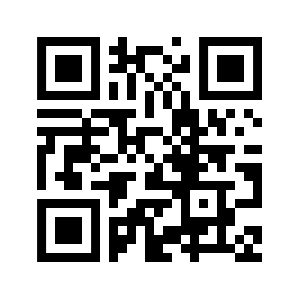You have probably seen ways in which the physical world represents digital data in print. The one you are most familiar with is perhaps bar codes. You see them on products at a shopping mall. The checkout counter scans them and fetches the information about the product from a database. Even books have their ISBN codes printed in a bar code.
Over the last decade, another technology named QR or Quick Response code has gained popularity. While traditional bar codes are 1-dimensional and can represent at best between 16 – 20 characters of data, QR falls under a group of data encoding technology called the ‘data-matrix code’ or colloquially, ‘2-dimensional bar codes’. QR codes were pioneered by the Japanese company, Denso wave.
QR codes are capable of holding 7089 characters of data. You can see QR codes all over the Internet, on packaging, on information booklets and even on branding boards at shops. They usually serve as a way to encode URLs so that the user can get further information about a product or an organisation. But URLs are not the only thing possible inside a QR code. Let’s see how they work. Continue reading “How QR codes work”
